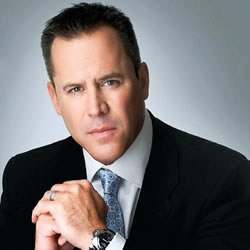The inspiration for Code Red was my fascination with asymmetrical warfare. In the current context, traditional wars are necessarily losing propositions. Asymmetrical warfare is different. It can be waged cheaply, stealthily, and without serious repercussions. It can also be extremely effective. If you want to win a fight, you go after an opponent’s weakness not their strength. To attack the US, for instance, you wouldn’t want to go toe-to-toe with our military. Our political divisions are a much softer target.
Creating A Weapon
I wanted to come up with something new—a chink in the armor of Western powers that hadn’t yet been exploited by our enemies. That led me to start researching the skyrocketing addiction problems in the industrialized world. How could the Russians use that weakness to get to us?
The answer came in the form of Captagon, an extremely popular narcotic in the Middle East that has been heavily connected to terrorism and the Syrian government. It was fascinating to study the drug’s role in propping up insurgencies and extremist governments as well as Syria’s slow conversion into a narco-state.
But if you’re going to use a recreational drug to attack the West, would Captagon be the right choice? To answer this question, I looked mostly at the rise of fentanyl. It’s a much more destructive compound than Captagon, but that’s just a tragic side effect of the euphoria it produces. What if the Russians used their scientists to design a narcotic with the goal of making it extraordinarily addictive and dangerous? Delving back into Captagon’s history as a legal pharmaceutical, its devastating qualities, and its eventual removal from the market gave me a lot of ideas.
Missed Opportunity
Syria was another fascinating thing to do a deep dive into and was a missed opportunity from my past. In the fall of 2009, my wife and I planned a three-week driving trip around Syria. It was an exciting prospect—exotic atmosphere, good food, Roman ruins, and some of the best-preserved European castles in the world. As our departure date crept up, though, I got slammed with work and we rescheduled for 2011. Nothing to worry about, right? Syria was the most stable country in the Middle East.
Sadly, that was the year the Syrian Civil War erupted. While I didn’t get to go personally, it was really interesting to dig into the uprising’s causes, aftermath, and its place in the Arab Spring. I desperately wish I could have seen it before all the shelling—particularly Aleppo and the Roman ruins in Palmyra. In the end, though, it wouldn’t have done much good for the writing of the book. Much of this once beautiful country has been turned to rubble.
Sometimes It’s Easy
If you’re open to inspiration and keep your eyes peeled, the answer you need just might land in your lap. Most often that happens to me with settings. Walking past a rusting playground on a rainy day in Istanbul. A posh nightclub in Monaco. A little surf town in Costa Rica. Everything gets filed away in my mind for later.
This time it was a restaurant in Crete. It had been built into the ruins of an ancient building without much in the way of repairs. I thought the look of it was really unique but had no idea why I’d ever have a need for it. When Mitch sits down in a restaurant in Syria, though, the memory came flooding back. While the design was stylish in Greece, it would be mandatory in Syria—a bombed-out country with few resources to rebuild.
Tholos restaurant in Chania, Crete.
The World of Cargo
Something I learned that I knew nothing about was how docks unload large cargo ships. It’s an extremely complicated process that uses machinery that the average person would never run into. Further, I was envisioning a specific port in Europe. Thank goodness for YouTube. It’s amazing how many people film the things they do and post them on the Internet. Fortunately, that includes people who drive the trucks that are loaded with the goods that come in on those massive ships.
Realism Through Small Details
Oddly, the bulk of my time is spent on little things that most readers barely notice. What kind of guns do Syrian special forces use? How much would the watch Mitch is wearing cost? What restaurant would have a good view of the dock I wrote about and what does it look like? How long would it take to drive from Damascus to the center of Syria? At the end of my first draft, I had around 450 of these little queries to myself. It can take as much as a week to clear them all.
To me, these are the kinds of details that give a book the immersive realism I strive for. I love to get lost in a world created for me by one of my favorite authors, and I find that I’m jerked out of the moment when I run across an incorrect detail. Hopefully, you won’t find any in Code Red.
If you’re not following Kyle, connect with him on Twitter, Facebook, Instagram, or his website.



